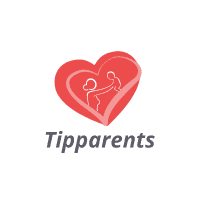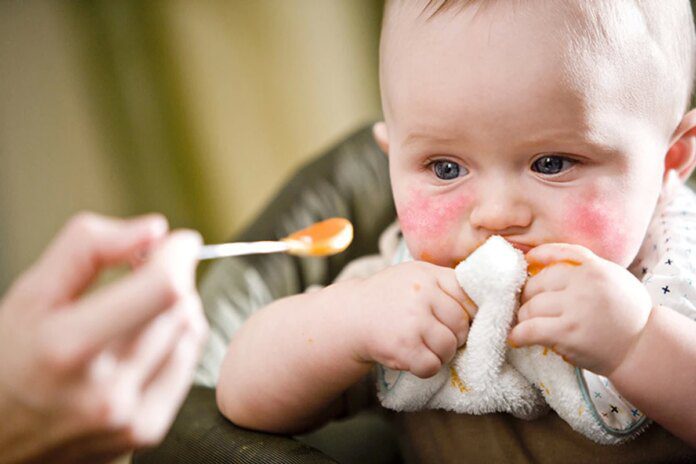
Babies can have allergies to the foods they eat, the things they touch and the particles they inhale.
There are many specific allergies that a child can have, although they can generally be divided into these three categories:
-
food and medicine;
-
environment;
-
seasonal.
Allergic reactions to certain
or with medicines, they usually appear immediately after consuming them. These can be very mild or life-threatening. Environmental allergies can occur when the baby’s skin comes into contact with the allergen, such as clothes detergent or dust inhalation. Seasonal allergies are a problem in certain parts of the year or in certain locations.
Signs and symptoms of allergies in babies
An allergic reaction occurs when the body’s immune system reacts abnormally to things that are normally harmless. The signs of an allergic reaction can vary greatly depending on the individual and the type of allergy.
Babies are much less likely to have several types of allergies, because they have to be exposed to allergens for a long time before becoming allergic to them. Seasonal allergies, for example, are less common in babies because they have only been exposed to pollen for a season or two.
Symptoms of an allergy to certain
or drugs can appear in a few minutes or at most 2 hours after their ingestion. Some signs of drug allergy, such as skin rashes, may not appear for several days. Among the most common signs of food and drug allergies are: hives or rashes, itching, wheezing. Allergic foods can cause nausea, vomiting or abdominal pain. In some cases, the child’s lips or tongue begin to swell.
Anaphylaxis is a severe allergic reaction that occurs suddenly and can cause death. It occurs when exposure to an allergen triggers the overproduction of certain chemicals. In children, severe food allergies are the most common causes of anaphylaxis, but, in rare cases, certain medications, such as antibiotics and aspirin, can also be responsible. Bee stings and other insect stings or bites can also cause anaphylaxis.
Common in children, allergies to dust, pet fur, mold, pollen, insect stings can trigger allergic symptoms, such as: sneezing, red eyes, itching, coughing, wheezing.
Also, the baby may develop hives, rashes or swelling if the skin is exposed to an allergen. Shampoos, soaps, detergents and other similar products are known for the allergic reactions they cause. Among the symptoms of seasonal allergies are: sneezing, itching, watery eyes, cough.
When should you go to the doctor?
Mild symptoms do not require a visit to the doctor, but it is good to keep him informed about these manifestations at the next consultation or if you notice these signs again in your baby.
If the symptoms do not diminish within a day or worsen, go to the doctor as soon as possible. The same advice applies if you notice these symptoms after giving your baby a new medicine. If signs of anaphylaxis appear, call Salvare, because the baby’s life may be in danger.
Read also:






































